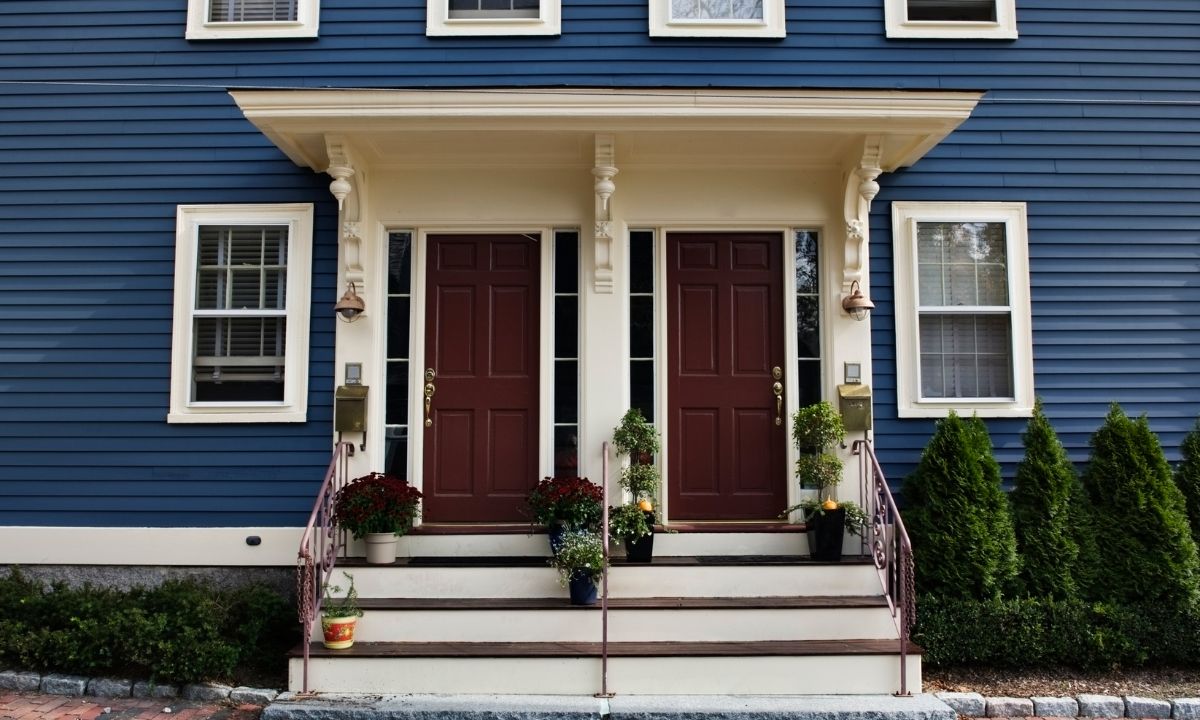 When it comes to buying a home, one of the biggest decisions is whether to save up for a 20% down payment or opt for mortgage insurance. While a 20% down payment has traditionally been the gold standard, mortgage insurance is becoming an increasingly viable option for many buyers. Here’s a closer look at both paths to help you determine which is right for you.
When it comes to buying a home, one of the biggest decisions is whether to save up for a 20% down payment or opt for mortgage insurance. While a 20% down payment has traditionally been the gold standard, mortgage insurance is becoming an increasingly viable option for many buyers. Here’s a closer look at both paths to help you determine which is right for you.
The 20% Down Payment: Stability and Long-Term Savings
A 20% down payment has long been viewed as a smart financial move, and for good reason. Here’s why it continues to be a popular option:
- Instant Equity: By putting down 20%, you immediately build equity in your home and may qualify for lower interest rates, saving you money over the life of the loan.
- No Mortgage Insurance: Avoiding private mortgage insurance (PMI) can keep your monthly payments lower, as PMI typically adds an extra fee to your mortgage payment.
- Financial Security: A larger down payment often means more stable monthly payments, which can provide peace of mind for homeowners.
However, the main drawback is the large upfront cost. Saving up 20% of a home’s value can be challenging, particularly in today’s housing market.
Mortgage Insurance: Lower Upfront Costs, Greater Accessibility
Mortgage insurance offers an alternative for buyers who can’t afford a 20% down payment, helping more people achieve homeownership with as little as 3.5% down for an FHA loan or 5% for a conventional loan. Here’s why it appeals to many buyers:
- Lower Upfront Barrier: Mortgage insurance allows you to buy a home with a much smaller down payment, making it easier to enter the market without waiting years to save 20%.
- Broader Access to Loans: With mortgage insurance, more first-time buyers and families can afford a home, especially those with limited savings.
- Temporary Expense: PMI can be removed once you’ve built enough equity in your home, either through paying down your mortgage or as your home appreciates in value.
However, the extra monthly cost of mortgage insurance can strain your budget, and it could take years before you’re able to drop PMI altogether.
Choosing the Right Path: Key Considerations
To decide between a 20% down payment and mortgage insurance, consider these factors:
- Assess Your Financial Situation: Review your savings, credit score, and monthly budget to see how much you can comfortably afford for a down payment.
- Explore Loan Options: Compare FHA, conventional, and VA loans, as each has different requirements and costs that could influence your decision.
- Compare Costs: Use online calculators or talk to a mortgage advisor to see how the monthly costs of both options stack up based on your financial picture.
- Think Long-Term: Consider how long you plan to stay in your home. If you expect to live there for many years, it might make sense to pay PMI now and remove it later as home values rise.
For many buyers, paying mortgage insurance and getting into a home sooner can be a smarter move. Home appreciation can outpace savings rates, meaning that buying now, even with PMI, could help you build equity faster than waiting to save for a 20% down payment.
 As retirement approaches, many people start to rethink their living situation. While the home where you raised your family holds countless memories, it might not be the most practical place to spend your golden years. Downsizing to a smaller home after retirement can make life easier in several ways, offering both financial and lifestyle benefits. Here’s why moving to a smaller home might be the right choice for you.
As retirement approaches, many people start to rethink their living situation. While the home where you raised your family holds countless memories, it might not be the most practical place to spend your golden years. Downsizing to a smaller home after retirement can make life easier in several ways, offering both financial and lifestyle benefits. Here’s why moving to a smaller home might be the right choice for you. Have you ever heard of house hacking? It’s a real estate strategy that allows you to live in a property while renting out part of it to generate income. This approach helps offset your living expenses and can even pave the way to financial independence. Here’s a breakdown of what house hacking entails, along with its benefits and drawbacks.
Have you ever heard of house hacking? It’s a real estate strategy that allows you to live in a property while renting out part of it to generate income. This approach helps offset your living expenses and can even pave the way to financial independence. Here’s a breakdown of what house hacking entails, along with its benefits and drawbacks. In today’s real estate market, the dream of owning a home can seem out of reach for many. However, various affordable housing initiatives are making homeownership more accessible. As a real estate agent, I want to share some strategies and programs designed to help you achieve your dream of owning a home.
In today’s real estate market, the dream of owning a home can seem out of reach for many. However, various affordable housing initiatives are making homeownership more accessible. As a real estate agent, I want to share some strategies and programs designed to help you achieve your dream of owning a home.
 Buying your first home is an exciting milestone, but it can also be an overwhelming process, especially when it comes to understanding mortgages. For many first-time homebuyers, the world of mortgages can seem complex and filled with unfamiliar terminology. However, with a little knowledge and guidance, navigating the mortgage process can become much more manageable. In this guide, we’ll break down the basics of mortgages, explain key terms, explore different types of mortgages, and outline the application process for beginners.
Buying your first home is an exciting milestone, but it can also be an overwhelming process, especially when it comes to understanding mortgages. For many first-time homebuyers, the world of mortgages can seem complex and filled with unfamiliar terminology. However, with a little knowledge and guidance, navigating the mortgage process can become much more manageable. In this guide, we’ll break down the basics of mortgages, explain key terms, explore different types of mortgages, and outline the application process for beginners.